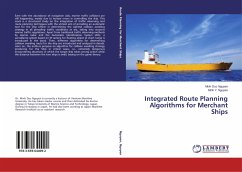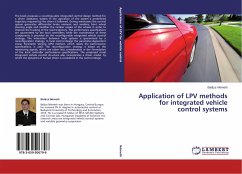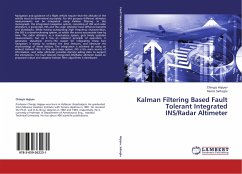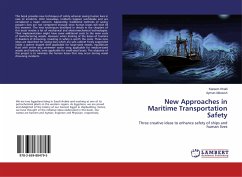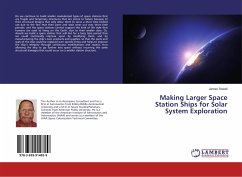Even with the abundance of navigation aids, marine traffic collisions are still happening, mostly due to human errors in controlling the ship. This work is a structured study on the integration of traffic observing and route planning techniques with the utmost aim of providing an automatic tool for the ship officer in determining the optimal collision avoiding strategy in all prevailing traffic conditions at sea, taking into account marine traffic regulations. Apart from traditional traffic observing methods by marine radar and the Automatic Identification System (AIS), a surveillance system based on IR camera for floating object at short range is introduced in the book. Then, different algorithms for determining collision avoiding route for the ship are introduced and analyzed in details. Later on, the authors propose an algorithm for collision avoiding strategy producing for the Ship in critical cases, i.e., extremely dangerous encountering situations in which the target ship takes wrong action while the distance between the two ships is small, basing on the game theory.
Bitte wählen Sie Ihr Anliegen aus.
Rechnungen
Retourenschein anfordern
Bestellstatus
Storno

